Mâconnais: rise of artisan growers
Some growers have wrested family holdings back from the co-ops, while others have started from scratch. A significant number (including Bret Brothers, Barraud and Pascal Pauget) are members of the loose association of Les Artisans Vignerons de Bourgogne du Sud, founded in 2004 with the aim – to quote Corinne Merlin of La Roche Vineuse – ‘of confronting the power of the cooperatives, to show them we’re here too’. Their objectives are to make the most of the top terroirs in their possession, to nurture the soil (some, but not all, farm organically), to harvest grapes manually, and to keep their domaines to a manageable size.
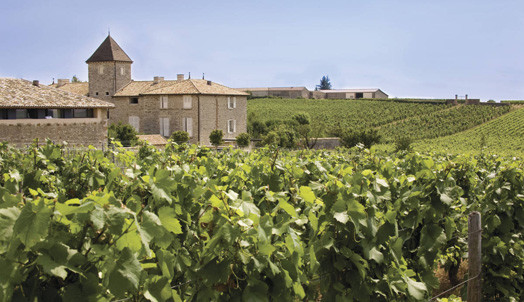 Image © BIVB / ARMELLEPHOTOGRAPHE.COM
Image © BIVB / ARMELLEPHOTOGRAPHE.COM
When you arrive on the Route des Vins, starting in the north, the first town of any size is Tournus, on the banks of the Saône. Well worth a detour, its cobbled streets are thronged in summer with visitors to the magnificent Romanesque abbey, shoppers wielding baskets at the Saturday morning farmers’ market and browsers in the many antiques shops.
From here, the Route des Vins du Mâconnais wanders gently along a series of broad valleys flanked by rolling hills, vine-clad slopes and meadows grazed by Charolais cattle. Here viticulture sits peaceably with agriculture. Huddled in hollows are neatly tended stone villages with suitably vinous names (Chardonnay, La Roche Vineuse), many with fine Romanesque churches.
A little sidestep off the Route des Vins takes you to Cluny, where the Benedictine Order was born. The French Revolution dealt a devastating blow to the monasteries and little remains of the original 10th-century Cluny Abbey and its subsequent embellishments, but the museum gives a vivid sense of the scope and power of the Cluniac order.
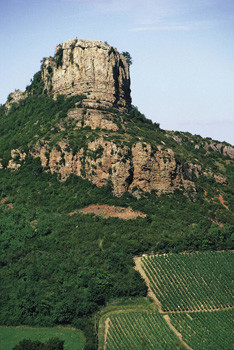 Image © BIVB / Joly M.
Image © BIVB / Joly M.
Poetic landscape
Further south you can hook up with the Circuit Lamartine, a beautiful, elliptical route which starts in Mâcon, birthplace of the famous Romantic poet Alphonse de Lamartine, and proceeds through Monceau and Milly-Lamartine, where he spent much of his childhood, to the high point of the Château of Berzé-le-Châtel, surrounded by a sea of vineyards. From here you catch glimpses of the Mâconnais as seen through the eyes of the poet.
Mâcon itself, with its traffic-free old town, has a terrific Saturday market by the St-Laurent bridge straddling the Saône. Further south the craggy outcrops of Solutré and Vergisson, at whose feet the celebrated Pouilly-Fuissé is grown, signal the end of the road and the beginning of Beaujolais country.
As you plan purchases the two appellations that open the door to the region are, first, Mâcon, some of it white but the majority Gamay-based red and rosé. And second, generic Mâcon-Villages, for which only Chardonnay is permitted. Neither should be scorned, particularly those from the top domaines; both offer lip-smacking Burgundy quality and solid value for money (Cave Talmard in Uchizy and Jacques and Nathalie Saumaize in Vergisson are exemplary). Look out for them, offered as jug wines in bistros, such as the excellent Le Carafé in Mâcon.
Then come the wines that are permitted to tack their village name onto the label – think Mâcon- Chardonnay (the village), Mâcon-Lugny and Mâcon-Chaintré. Finally there are the region’s five ACs: the famous Pouilly-Fuissé and its lesser-known siblings Pouilly-Vinzelles and Pouilly-Loché, plus St-Véran and Viré-Clessé.
How to get there:
By car: on A6 motorway, exit Tournus or Mâcon.
By TGV: to Mâcon-Loché.
By plane: to Lyon.
All rights reserved by Future plc. No part of this publication may be reproduced, distributed or transmitted in any form or by any means without the prior written permission of Decanter.
Only Official Media Partners (see About us) of DecanterChina.com may republish part of the content from the site without prior permission under strict Terms & Conditions. Contact china@decanter.com to learn about how to become an Official Media Partner of DecanterChina.com.

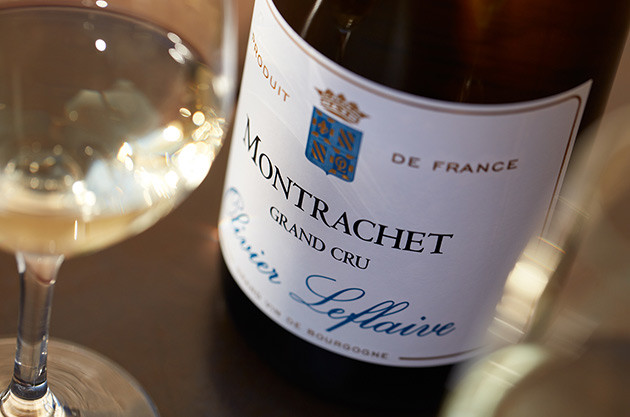
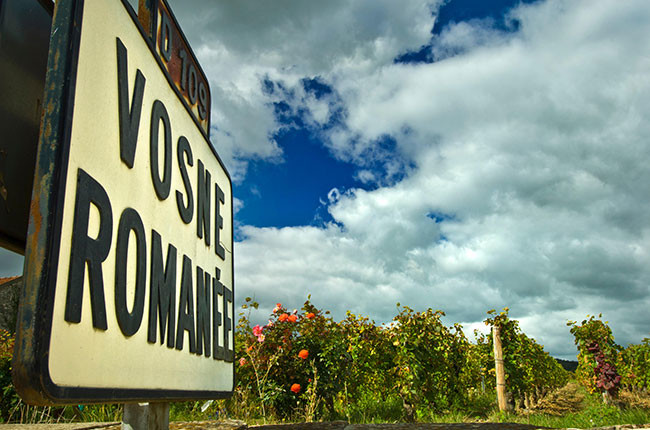
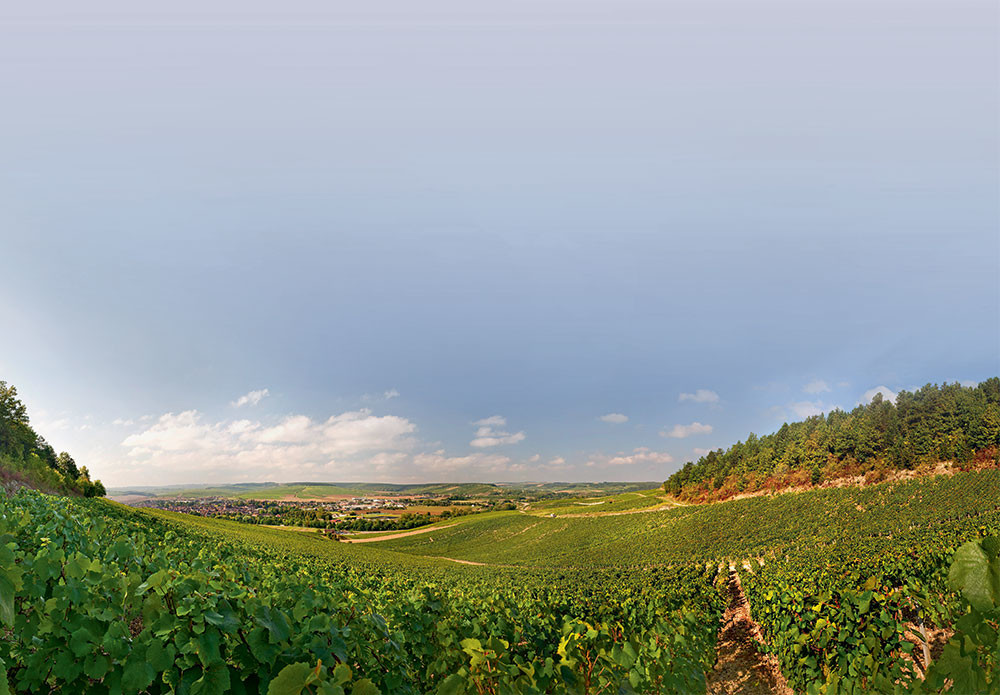
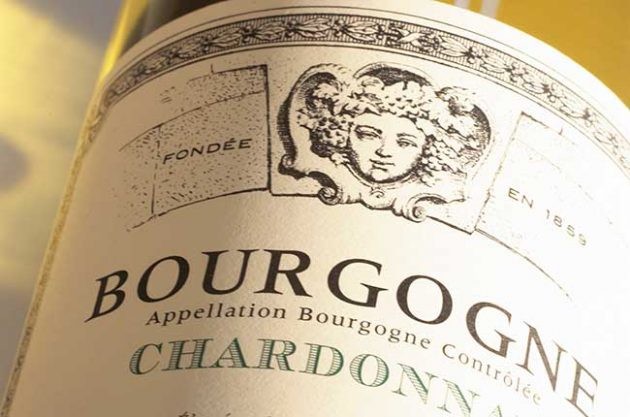
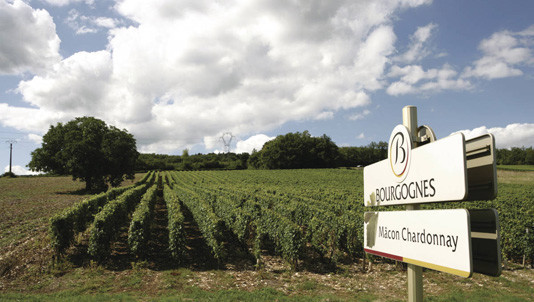
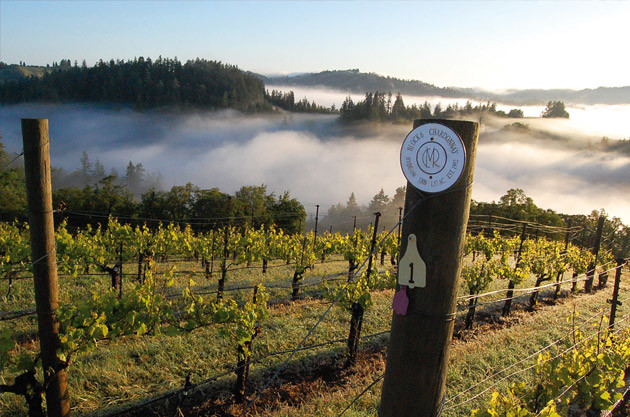
Comments
Submit